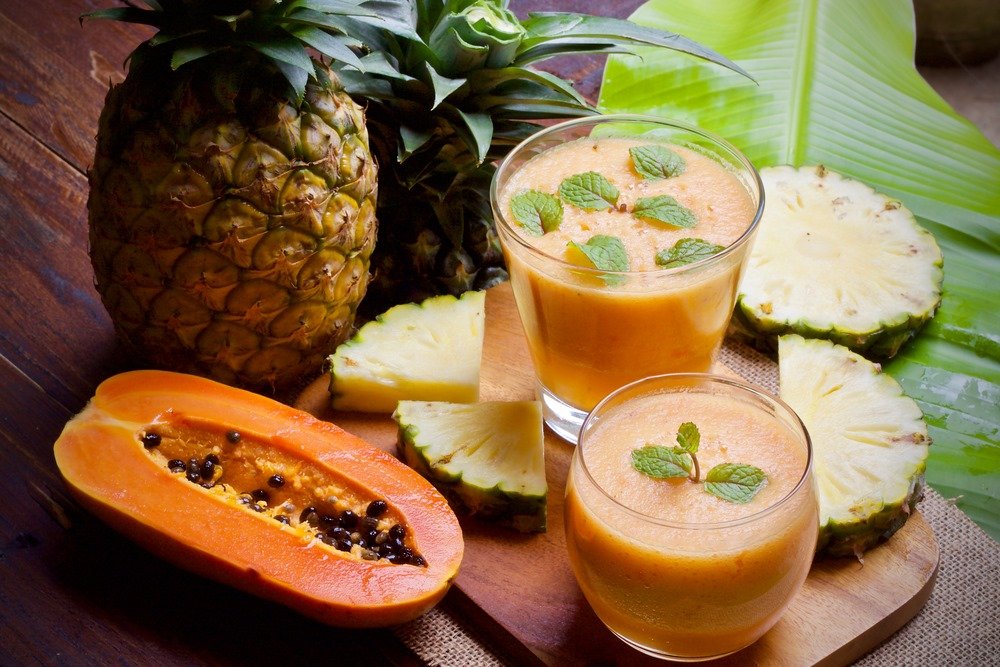Vitamin C-rich fruits like oranges, strawberries, and grapefruit aid wound healing. Bell peppers, broccoli, spinach, and tomatoes also promote healing.
If you have ever suffered from a cut, scrape, or burn, you know how painful and annoying it can be. You also know how important it is to take care of your wound properly to prevent infection and scarring.
But did you know that some fruits can help your wound heal faster and better? Some of them contain the best vitamin for wound healing.
Why Fruits?
Fruits are rich in vitamins, minerals, antioxidants, and phytochemicals that can boost your immune system and fight inflammation.
These nutrients can also help your skin regenerate new cells and collagen, which are essential for wound healing. Some fruits also have antibacterial, antifungal, or antiviral properties that can prevent or treat infections.
Plus, fruits are delicious and easy to incorporate into your diet or apply topically to your wound.
Which Fruits?
Fruits that are high in vitamin C are essential for healing wounds. Lemons, limes, and oranges are extremely high in vitamin C. Apples contain high levels of vitamin A, which help to form and maintain healthy teeth, tissues, mucous membranes, and skin.
Avocados contain vitamin E which is an antioxidant that helps to protect cells from damage. Berries such as strawberries, grapes, raspberries, kiwis, and blueberries are also beneficial for wounds and wound healing.
However, here are the most useful fruits that are found everywhere in the world and can help your wound heal faster and better:
Pineapple
This tropical fruit contains bromelain, an enzyme that can break down dead tissue and reduce swelling and pain. Bromelain can also prevent blood clots and improve blood circulation to the wound site.
You can eat fresh or canned pineapple or apply pineapple juice to your wound with a cotton ball.
Papaya
This sweet fruit contains papain, another enzyme that can digest dead tissue and promote healing. Papain can also reduce inflammation and infection.
You can eat ripe or green papaya or mash it into a paste and apply it to your wound with gauze.

Honey
This natural sweetener is not technically some fruit, but it is derived from the nectar of flowers. Honey has antibacterial, antifungal, and anti-inflammatory properties that can kill germs and soothe your wound.
Honey can also keep your wound moist and prevent scabs from forming. You can apply raw honey to your wound with a sterile dressing or mix it with other ingredients like yogurt or oatmeal for a soothing mask.
Aloe Vera
This succulent plant has gel-like leaves that contain aloin, a compound that can stimulate skin growth and repair. Aloin can also reduce inflammation, pain, and itching.
You can cut an aloe vera leaf and squeeze out the gel or buy aloe vera gel from the store. You can apply aloe vera gel to your wound directly or mix it with honey or coconut oil for extra benefits.
How to Use Them?
Before you use any fruit for wound healing, make sure you clean your wound thoroughly with water and soap or an antiseptic solution.
You should also consult your doctor if your wound is deep, large, infected, or does not heal within a few days. You should avoid using fruits if you are allergic to them or have diabetes or other medical conditions that affect your blood sugar levels.
Remember, fruits are not a substitute for medical treatment but a complementary aid that can enhance your healing process.
To use fruits for wound healing, you can either eat them as part of your balanced diet or apply them topically to your wound. If you choose to eat them, make sure you consume enough water and fiber to prevent constipation and dehydration.
If you choose to apply them topically, make sure you use fresh or organic fruits or juices and avoid processed or sugary ones. You should also test a small amount of fruit on your skin first to check for any allergic reactions.
You should apply the fruit to your wound once or twice a day for 10 to 15 minutes each time. You should cover your wound with a clean bandage after each application and change it regularly. You should also wash your hands before and after touching your wound to prevent contamination.

